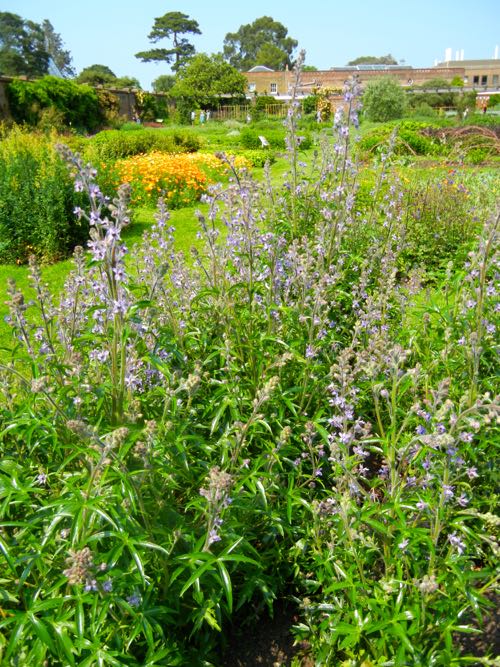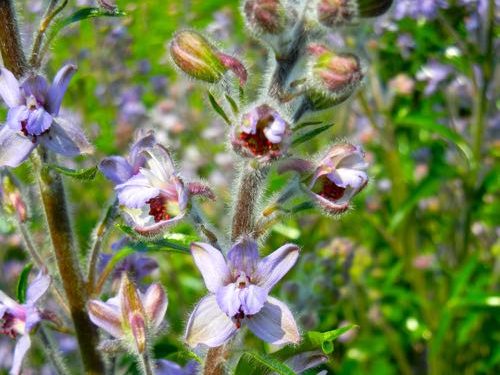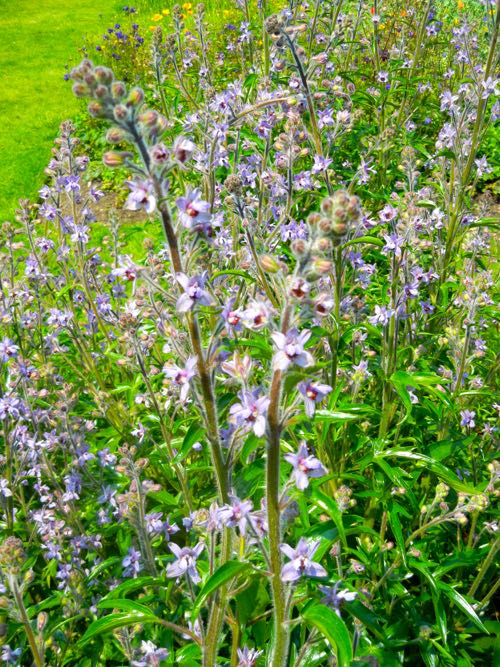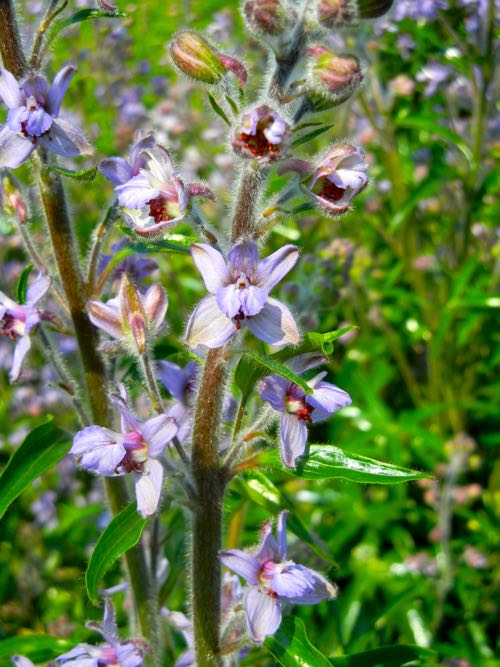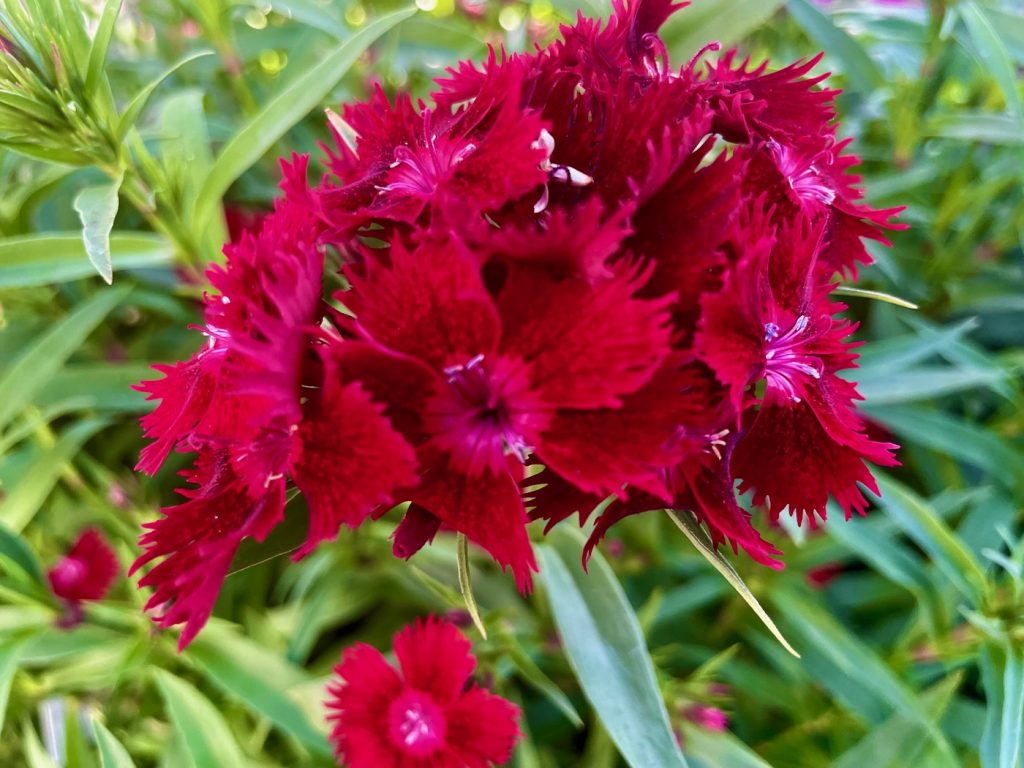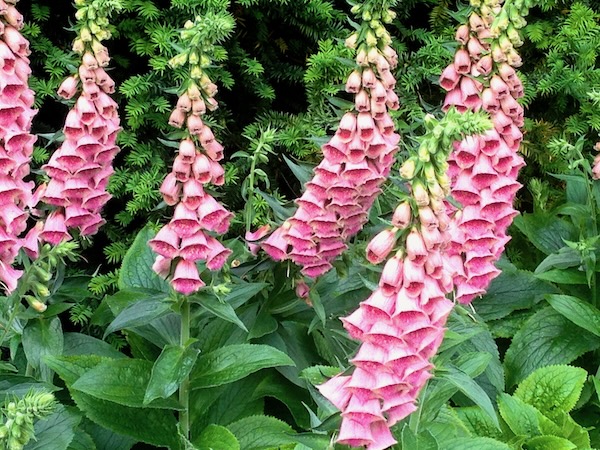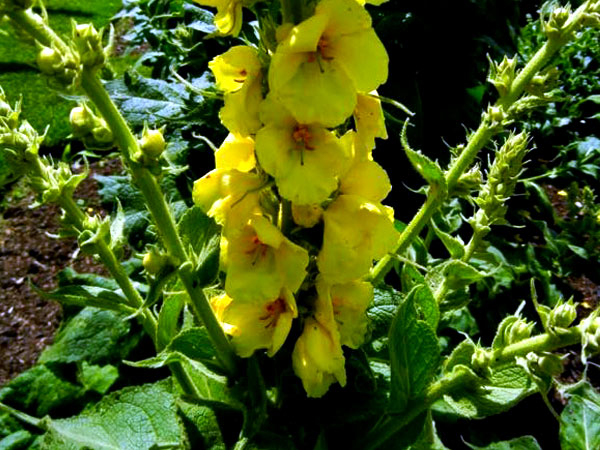Discover the Beauty of Delphinium requienii: Requin’s Delphinium Shining in Lavender
Background
Delphinium requienii, also known as Requin’s delphinium, Requin’s larkspur, Stavesacre, and Delphinium staphisagria var. requienii, belongs to the Ranunculaceae family of plants. This captivating biennial plant captures attention with its enchanting lavender or mauve flowers that grace gardens in late spring or early summer. Delphinium requienii is characterized by tall racemes and branched spikes adorned with dark purple stamens. Its unique features and captivating blooms make it a remarkable addition to any floral display.
Characteristics and Description
Delphinium requienii showcases beautiful shiny leaves in a dark green hue. The leaves are palmately lobed, divided into 5 to 7 narrowly lance-shaped lobes, and possess a glossy texture that slugs tend to avoid. The plant’s flowers and stem are covered in fine hair, adding to its delicate charm. Delphinium requienii produces secondary spikes of flowers, enhancing its visual appeal. After flowering, this plant produces carpels of seeds and eventually dies down by the end of summer.
Origin, Native Habitat, and Discovery
Originating from the south of France, as well as the islands of Sardinia and Corsica, Delphinium requienii has thrived in these regions for generations. The plant’s discovery and recognition have contributed to its identification under various names, including Delphinium maritimum, Delphinium moschatum, and Delphinium pictum subsp. requienii.
How to Care for and Maintain Delphinium requienii
To cultivate and maintain the exquisite Delphinium requienii, consider the following guidelines:
Sun and Soil: Plant Delphinium requienii in a location that receives full sun or partial shade, with a preference for sunnier spots to promote optimal flowering. Choose fertile, moist soil that is well-drained, preferably with a neutral to alkaline pH level.
Handling and Toxicity: Exercise caution when handling Delphinium requienii, as all parts of the plant are toxic. Take necessary precautions to protect yourself and others from potential harm.
Watering: Water Delphinium requienii regularly, especially during its establishment phase and dry periods. However, avoid overwatering to prevent saturated soil conditions, which can be detrimental to the plant’s health.
Pest and Disease Management: Keep a watchful eye on common pests such as caterpillars, slugs, snails, and sawflies. Take appropriate measures to address infestations, such as using organic insecticides or manual removal. Protect the plant from crown rot and powdery mildew by ensuring good air circulation and avoiding windy locations.
Propagation: Delphinium requienii can be propagated by seeds, which typically germinate within 14 to 21 days. Additionally, this plant is a prolific self-seeder, allowing it to reproduce naturally.
Temperature and Mulching: Ideally, grow Delphinium requienii in temperatures ranging from 60º-70ºF or 15º-20ºC. In colder climates, consider adding mulch during winter to provide insulation and protect the plant’s roots from extreme cold.
